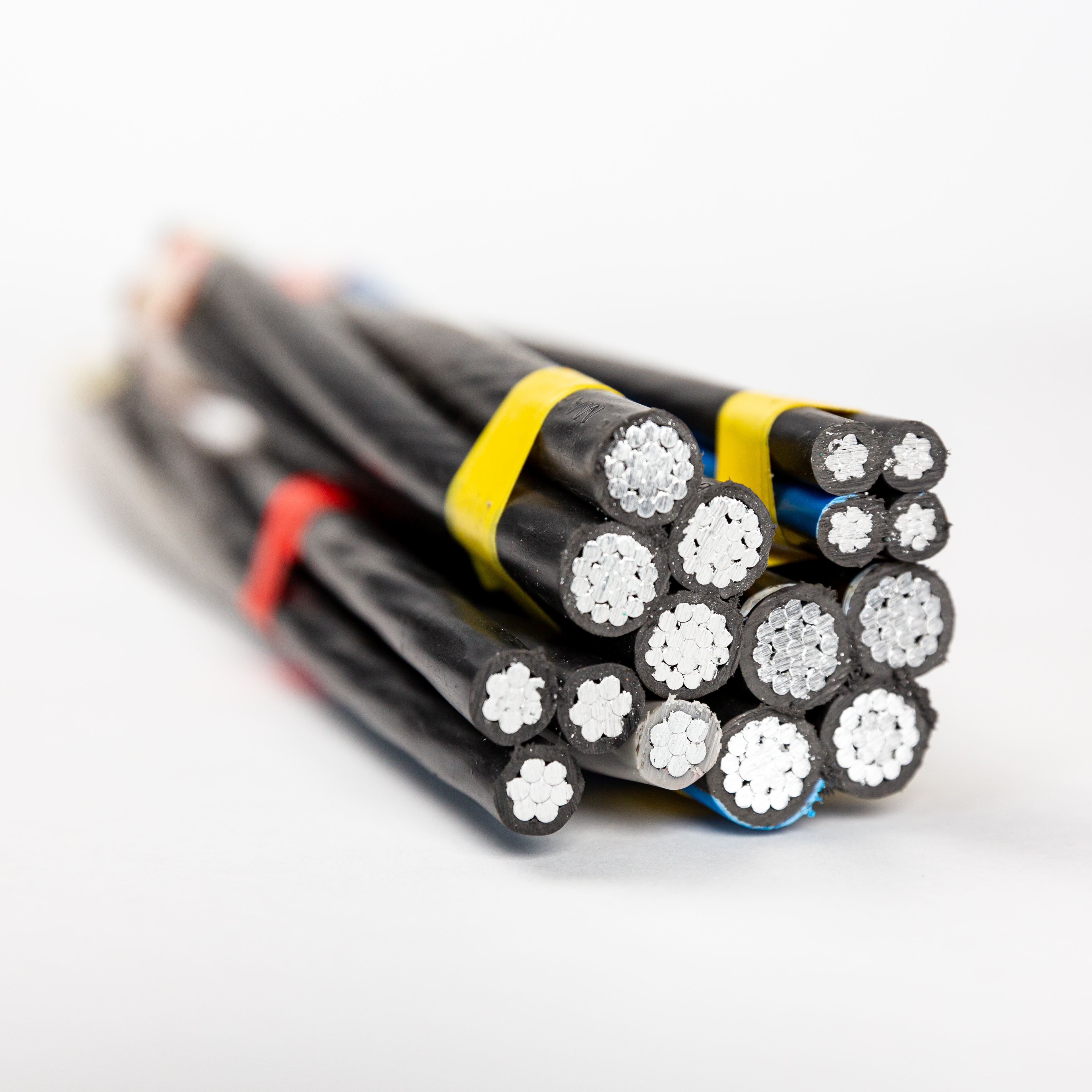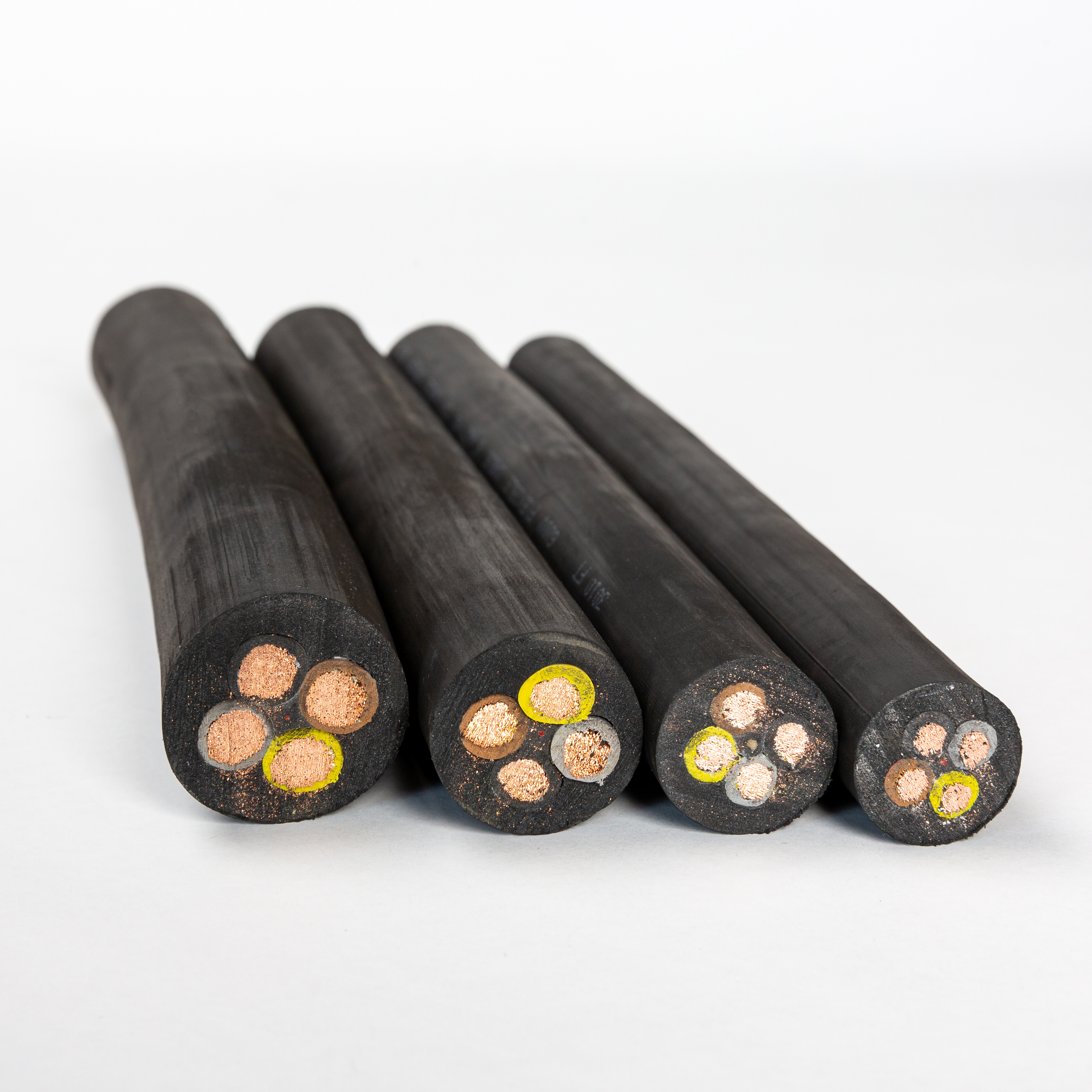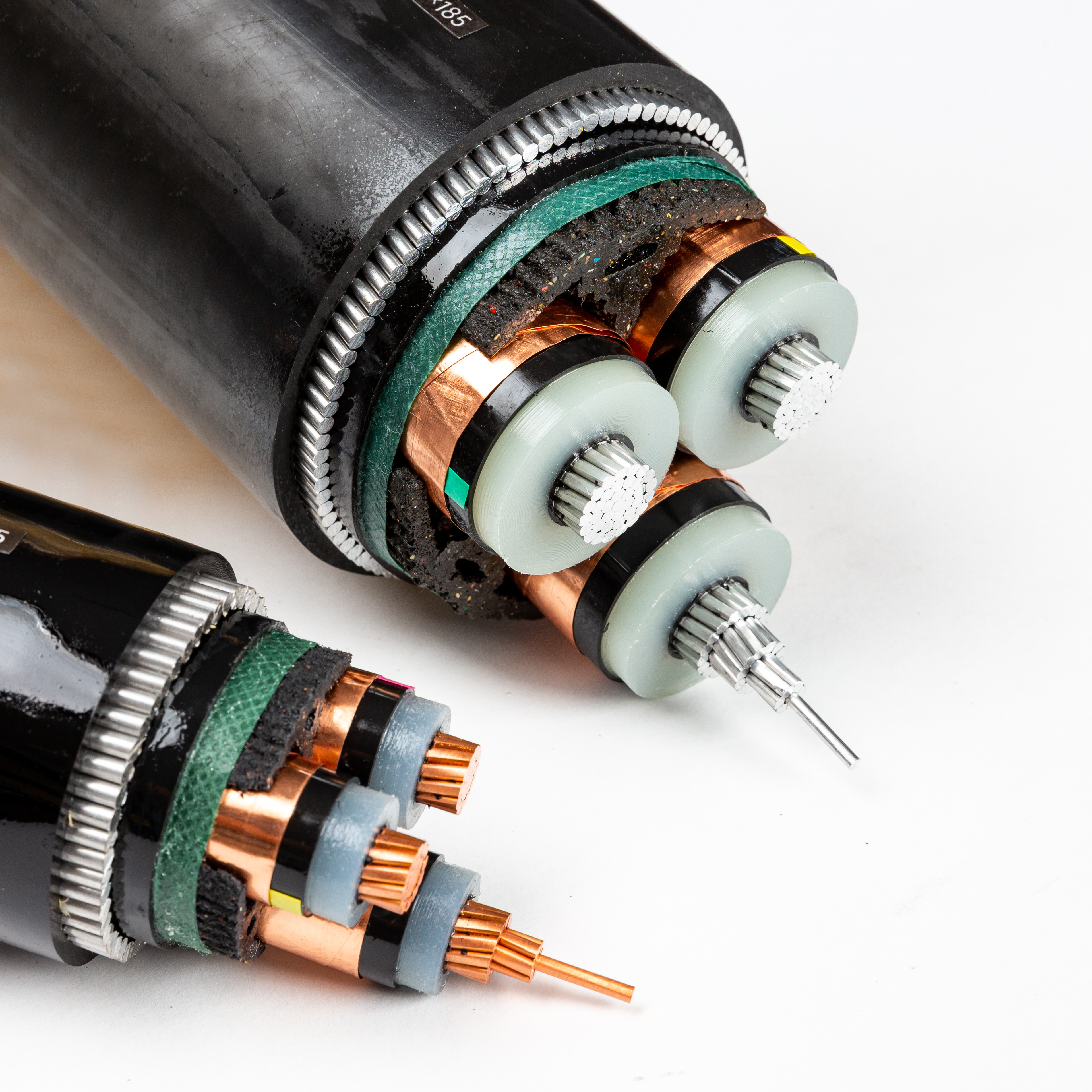The main differences between standard cables and non-standard cables are as follows: (The pictures are of standard cables)
1. Material Usage
Standard Cables: High-quality, standard-compliant raw materials are used, such as copper or aluminum conductors, and qualified insulation and sheath materials.
Non-Standard Cables: To reduce costs, substandard or non-compliant raw materials may be used, such as lower purity copper wires, thinner or less durable insulation materials.
2. Safety and Reliability
Standard Cables: Due to the standardized design and testing procedures, they have high safety levels and stable electrical and mechanical performance, with a longer lifespan.
Non-Standard Cables: Since the materials and processes may not meet standards, they pose greater safety risks, have unstable electrical and mechanical performance, and are more prone to aging and short-circuiting. Their lifespan is usually shorter.
3. Price
Standard Cables: They are generally more expensive, but their quality and performance are guaranteed, meeting various electrical and construction codes.
Non-Standard Cables: These are usually cheaper, but the quality and safety are uncertain.
4. Application
Standard Cables: Widely used in fields like power distribution, communications, and construction, where strict quality assurance is required.
Non-Standard Cables: Primarily used in situations where the quality requirements are lower, the budget is limited, or there are special needs. However, they are generally not recommended for critical applications.



.jpg)